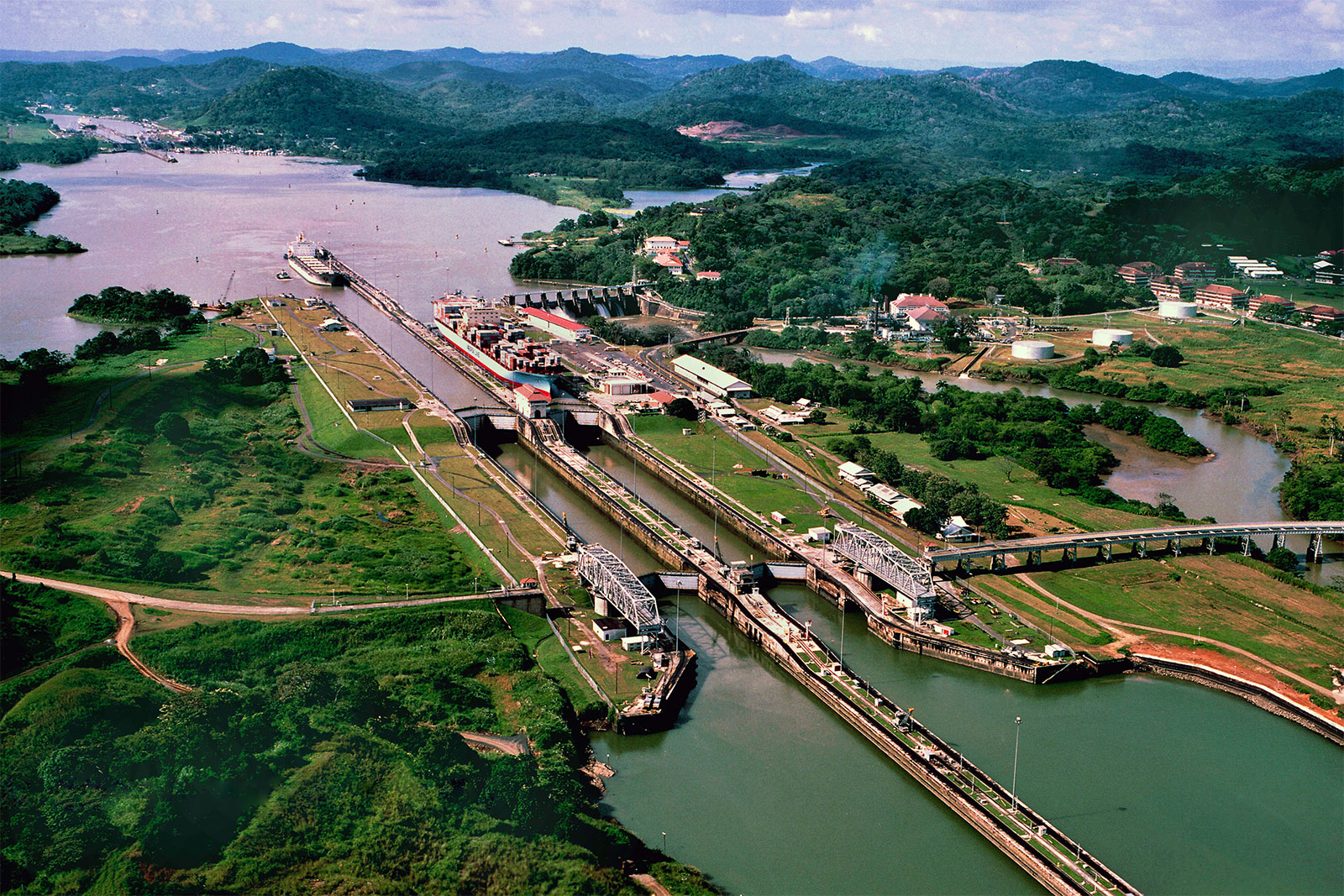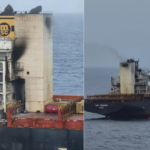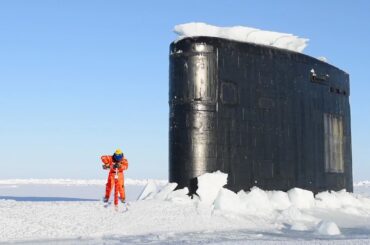Collecting over two billion dollars per year in revenue and considered an artificial wonder of the world, the Panama canal is a triumph of human engineering. It was constructed in one of the most unforgiving environments imaginable, crossing through 80 kilometers of dense tropical rainforest. Full of poisonous spiders, insects, and mosquitoes. That carry deadly diseases. More than 25 000 people lost their lives during the construction of the Panama canal.
Today 100 years after the canal’s completion provides a safe passage between the Atlantic and Pacific ocean but remains at the center of a political dispute. People have dreamt about building the canal ever since the early 16th century. At that time, a ship that traveled from east to the west coast of the American continent had to go around cape horn in south America. A journey of 15,000 kilometers. That takes almost two months to complete.
Being the owner of a canal that circumvents this journey would be an economic and political gold mine. Every ship could be charged a toll. Then you would virtually control international freight on this side of the world, as it turned out. Not only the benefits are overwhelming but also the construction. Several countries attempted the project, and several countries had failed. It almost caused a war between two countries, and thousands of people died.
Story of the Panama Canal construction
The story of the Panama Canal construction starts in the 16th century with an adventurous Spanish explorer Vasco Nunez de Balboa. He was the first European to discover that Panama was just a narrow land bridge separating the world’s two largest oceans. He worked out how the canal could be constructed and proposed the idea to Charles v the king of Spain. Then he ordered a survey to determine if the plans would be feasible, but they quickly concluded that it was impossible to realize.
It took 300 years before the idea resurfaced—this time in the mind of an ambitious Frenchman. The French had just completed the construction of another megaproject that was deemed impossible: the Suez canal. This canal connects the Mediterranean sea to the Red sea, and the French had developed a taste. The construction was supervised by a charismatic French diplomat Ferdinand de Lesseps Duleceps. They got their hands on the initial design for the canal in Panama. They estimated that it would be easier than the Suez. It was only 40 percent of the length and they now had some experience. The French government approved their plans and funded the entire mission. In 1881 construction began.
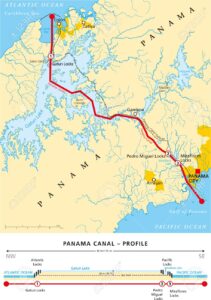
In the meantime, there was another world power seeking to build the canal. The United States is not in Panama but a few hundred kilometers to the north in Nicaragua. Their canal would run from Burrito on the pacific side over lake Nicaragua to blue fields on the Atlantic side. There were a few concerns, especially about the consequences of ships going through lake Nicaragua. The most important source of fresh water in Central America. Many scientists worried about the impact a canal would have on the lake and tried to persuade the United States to withdraw their plans.
French started the construction
The French took the lead but not for long. They planned to build a canal entirely at sea level, just like they did in Egypt. But they ran into serious engineering problems. The canal had to be deep enough for large vessels, but canal slopes tend to cave in if dredged too steeply. The solution was to build a canal that is 400 meters wide, but that is a lot of excavation work for a canal. That’s 80 kilometers long, and there were other issues.
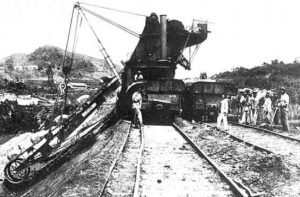
The French had no solution for the Atlantic and Pacific oceans at different heights due to tidal differences. This issue would turn the canal into a raging torrent of unstoppable force besides all these technical challenges. What brought down the french was the hazardous environment. The jungle is swarming with mosquitoes that carry deadly unknown diseases. The workers were dying in flocks with symptoms of malaria and yellow fever.
Three years after construction had started, the death rate was over 200 per month. The project was at a loss in 1894. The construction company declared bankruptcy. Two hundred sixty million dollars had already been spent, which equals a staggering seven billion dollars. When adjusted for inflation, you could build almost five Burj khalifas for that amount. The french made another futile attempt using different tactics but officially halted production in 1894. For the French, this is the end of the story, but their failure paved the way for another protagonist.
United States construction of the Panama canal
The United States was getting nowhere in Nicaragua, and in 1902 congress authorized the purchase of the French assets. The only minor challenge they had to overcome was the Colombian government. At that time, Panama was not an independent country but a province of Colombia. Their government felt that they were getting a bad deal, and they refused to ratify the agreement with the United States.
However, it has a way of dealing with uncooperative governments. In 1903 president Theodore Roosevelt sent a fleet of u.s warships to surround the Colombian province. They lavishly supported the Panamanian independence movement, and later that same year, Panama became an independent country.
The U.S made a deal with the newly installed government to guarantee their independence. They provided a one-time payment of 10 million dollars and an annual stipend of 250 000 in return. They would receive unrestricted rights to build and monetize the canal. The U.S designed a canal using a lock system device used for raising and lowering ships between water at different levels. This approach saved the United States a lot of excavation work, and construction got into high gear.
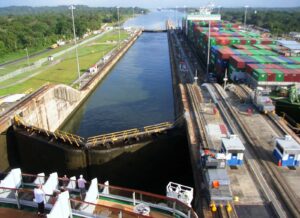
Forty thousand people worked on the canal every day. Tropical diseases also pestered the U.S workers, but this time scientists understood better what the role of mosquitoes was as a carrier of diseases. They took several preventive measures, but still, 5600 workers found their death under u.s supervision. After decades of hard work, thousands of human lives were lost.
Opening and control of the canal
On August 15 in 1914, the canal was finally opened to every vessel that transits through the canal. Now has to pay a toll that is based on the size of the ship and its cargo. And it can nowadays run up to 450,000 dollars for one single passage. On average, 9000 ships make this passage every year. Business is booming, and the money is rolling in. The Panama Canal became a landmark project and the pride of u.s engineering. It cost them a total of 375 million dollars to build, close to 10 billion dollars when adjusted for inflation. They paid an additional 40 million dollars to the French and 10 million dollars to the Panamanian government. It was the most expensive U.S construction project at the time.
The control of the canal was transferred to the Panamanian people in 1999 under Bill Clinton’s administration. The decision followed several decades of riots and protests against the United States’ involvement in their national politics. The Panama Canal continues to be subjected to international criticism and concern. Some critics have voiced their concern about the dependence of the Panamanian government and its stakeholders. And how they can exert influence on international sea travel.
What do you think about the Panama canal? Let us know in the comments below if you enjoyed this article. Make sure to follow us on social media.

